Agricultural practices are constantly evolving, and one noticeable trend is the increased use of the stainless centrifugal pump in demanding rural settings. Known for their resistance to corrosion and stable performance under bad conditions, these pumps are gradually becoming a key part of many modern irrigation systems. As farms across different regions face variable water quality and soil conditions, the reliability and long service life of stainless centrifugal pumps make them a valuable solution.
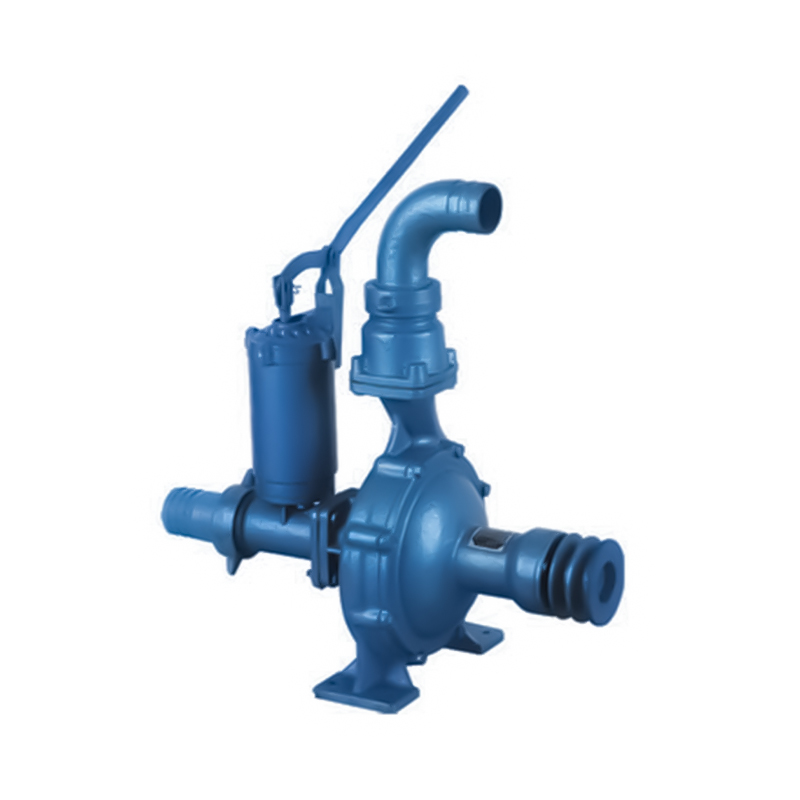
The agricultural centrifugal pump has long played a crucial role in water delivery for irrigation, fertigation, and drainage. However, as farms expand into more challenging terrains and rely on alternative water sources, traditional materials often face wear and failure. In contrast, the stainless centrifugal pump offers a longer operating span due to its durable build. Its resistance to rust and chemical degradation helps it withstand water containing fertilizers, sediments, or high salinity levels, which are commonly encountered in certain agricultural areas.
Farmers investing in new infrastructure are increasingly turning to the agricultural centrifugal pump for consistent flow and relatively straightforward maintenance. However, in more rugged or chemically reactive environments, the stainless centrifugal pump is becoming the preferred option. Its construction, typically using stainless steel grades designed for durability, allows it to function effectively even in water that would rapidly degrade standard pumps.
Another factor influencing the rise in demand is the diversification of farming practices. Greenhouses, drip irrigation setups, and precision farming techniques all require reliable and controlled water movement. In each of these contexts, the agricultural centrifugal pump is commonly deployed. Yet, when these systems are exposed to fluctuating pH levels or treated water, the stainless centrifugal pump performs with greater consistency. This is especially important in automated systems where pump failure could disrupt scheduled irrigation and reduce crop efficiency.
Farmers who deal with recycled or reclaimed water often encounter substances that accelerate pump corrosion. In such settings, the stainless centrifugal pump has shown better resistance, contributing to fewer system interruptions. Meanwhile, the agricultural centrifugal pump remains in use in standard field conditions, where water sources are relatively clean and less chemically aggressive. The two types of pumps complement each other across different segments of the agricultural sector.
Repair costs and downtime also contribute to the growing preference. While the initial investment for a stainless centrifugal pump may be higher, the reduced need for part replacement and longer service intervals provide better cost control over time. Farmers managing large-scale irrigation networks recognize this balance between durability and maintenance when selecting between a standard agricultural centrifugal pump and its stainless steel counterpart.
The shift toward sustainable practices also plays a role. Pumps that last longer and are made from recyclable materials align with broader goals of environmental responsibility. The agricultural centrifugal pump has been adapted in recent years to meet energy efficiency standards, and the stainless centrifugal pump fits naturally into these trends, especially where water needs to be moved across varying elevations or long distances.
As climate patterns continue to fluctuate, bringing increased rainfall in some areas and drought in others, irrigation systems must adapt accordingly. The agricultural centrifugal pump remains foundational, but the added resilience of the stainless centrifugal pump is driving its increased adoption. This trend is likely to continue as farms integrate more technology and prepare for a wider range of environmental challenges.
The growing demand for the stainless centrifugal pump reflects a broader push toward dependable, long-lasting equipment in agriculture. While the agricultural centrifugal pump continues to serve essential roles, the move toward stainless steel variants highlights the need for resilience in harsh environments. This shift is shaping how water systems are planned, managed, and upgraded across modern farms.

 English
English русский
русский Español
Español
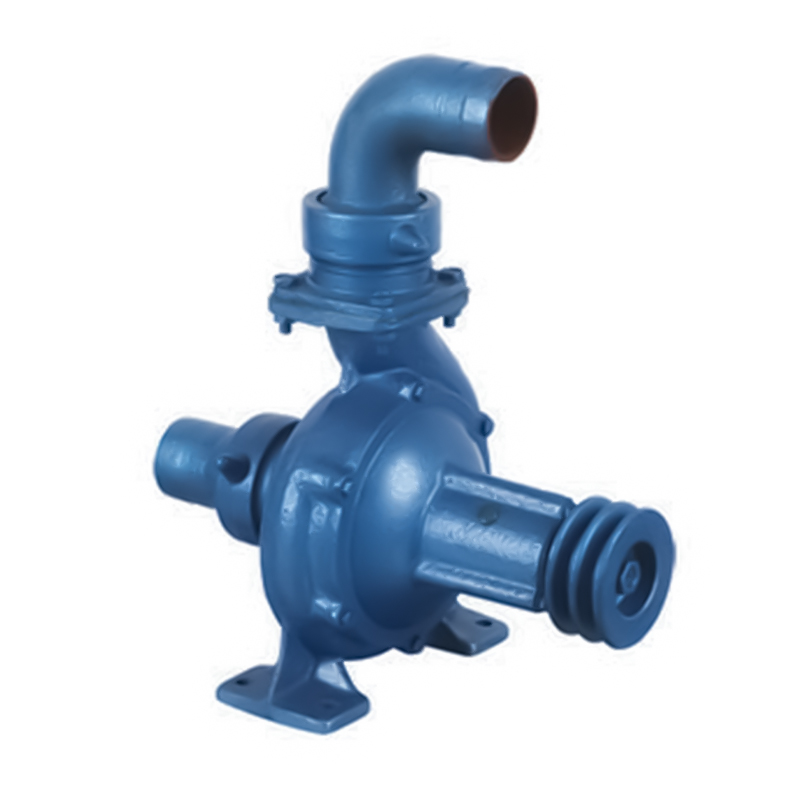

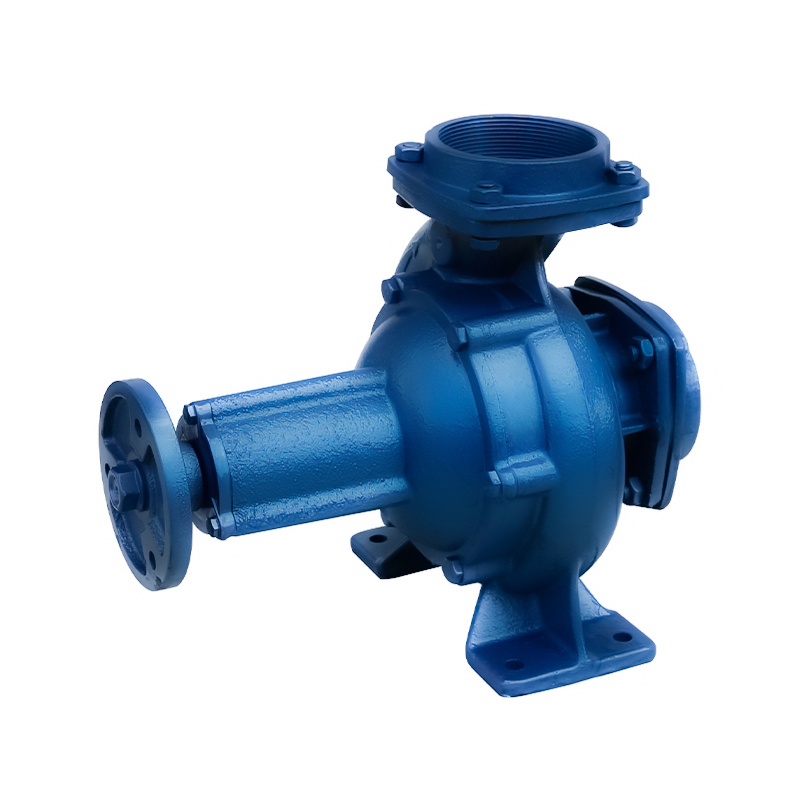
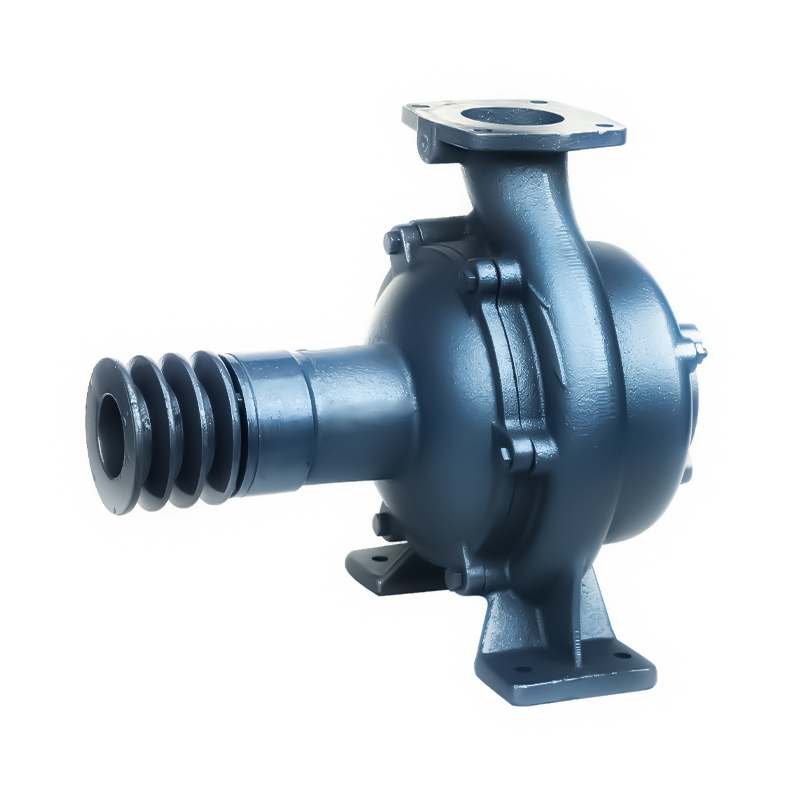
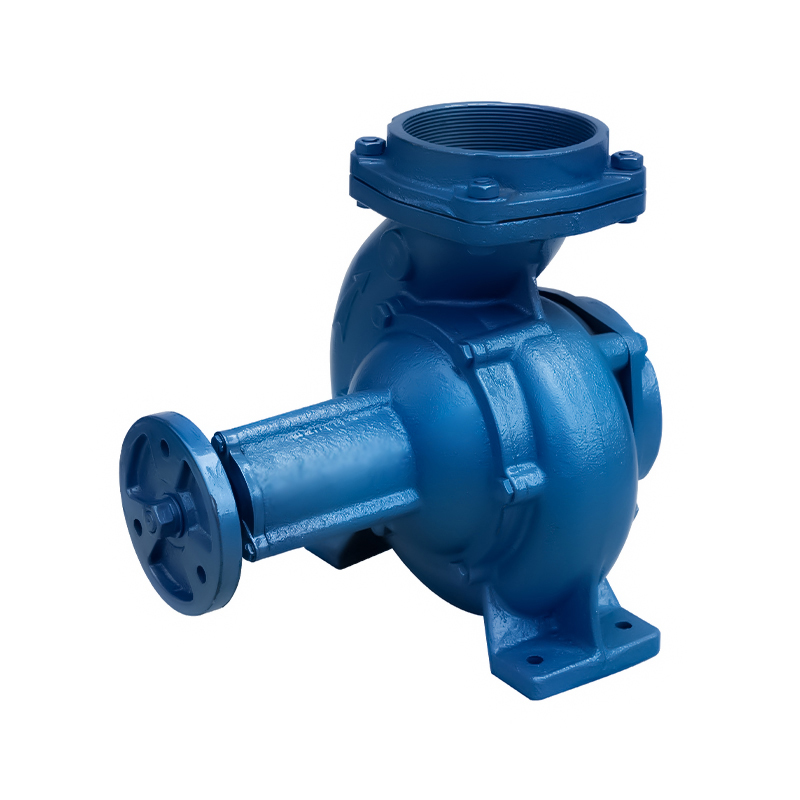
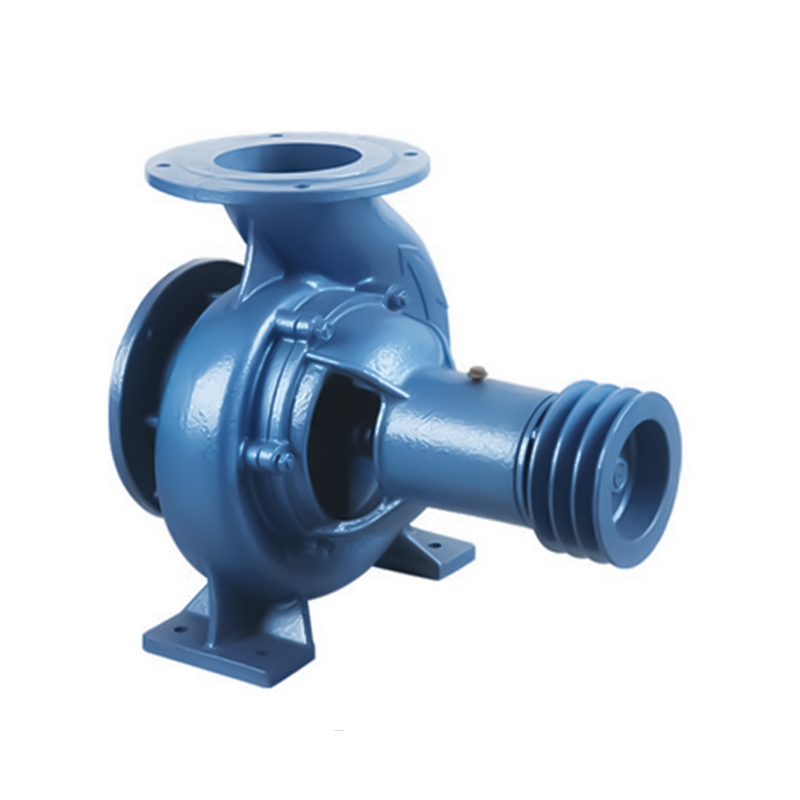
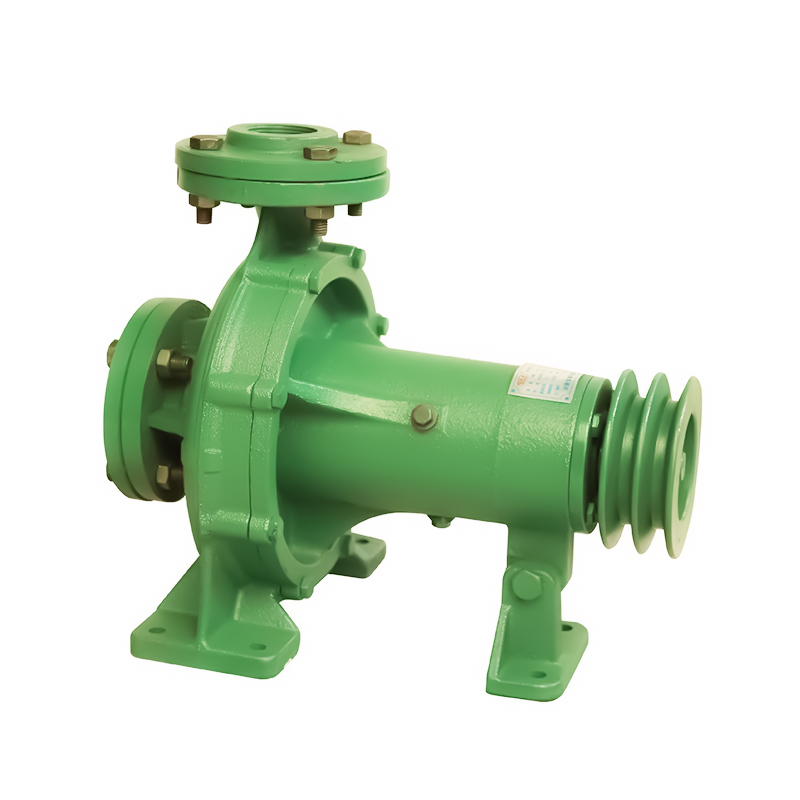

 Email:
Email:
 Phone:+86-13605899207
Phone:+86-13605899207

